Disasters
TOP STORY
What do the California earthquakes mean for Utah? FAQ post
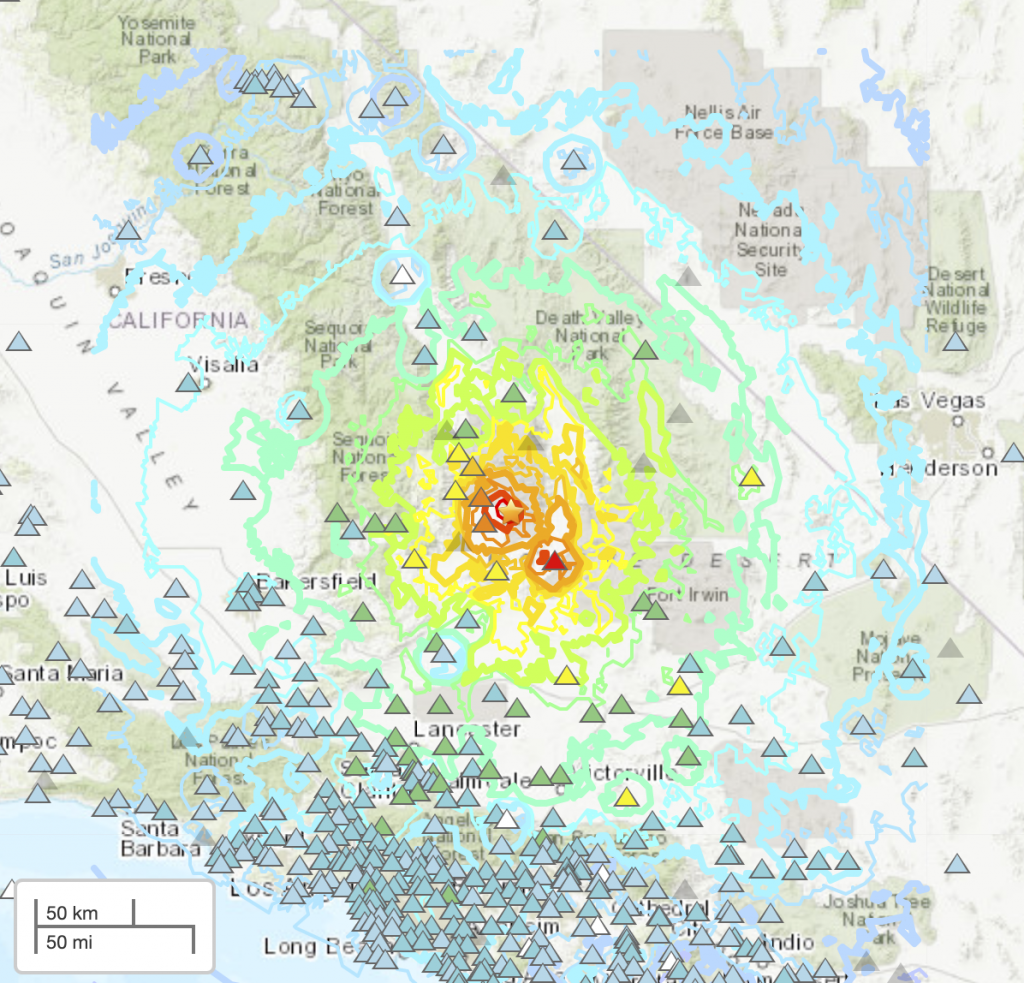
On July 4, 2019, a magnitude 6.4 earthquake struck the area of Ridgecrest, California. There was a 5 percent chance that a larger earthquake could happen. On July 5, a magnitude 7.1 earthquake struck, showing that small percentages can still come to pass.
These earthquakes are causing Utahns to ask what this means for Utahns. We’ll take you through a few questions that often come up.
Could these earthquakes cause a quake in Utah?
No. The earthquakes are in a completely different fault zone, which means they are not connected to Utah.
Could these earthquakes cause damage in Utah?
No. They are quite far away. Some light shaking was reported being felt in Las Vegas. You start to see damage from earthquakes when shaking intensity is around a level V (Moderate) on the Modified Mercalli Intensity Scale.
Wait, I thought everything was measured on the Richter Scale?
The Richter Scale is important, but only in how it measures the energy released by an earthquake.
The Modified Mercalli Scale is a description of what that energy feels like. It’s arbitrary because intensity feels different to different people in different locations. So an earthquake will feel more intense if you are closer to the focus of the earthquake.
The Modified Mercalli Intensity Scale

Wait, I thought we always talk about epicenters?
Yes, the epicenter is helpful. But the focus describes so much more.
The focus of the earthquake is the point inside the earth where an earthquake originates. It could be near the surface or 18 miles deep or more. You could feel more intense shaking if you are near a shallow earthquake, and you could feel shaking for longer with a deeper quake, even if you are not near it.
The epicenter is the point on the earth’s surface directly above the focus.
It’s helpful in naming the earthquake and giving the public and emergency responders an immediate idea of what kind of damage could be expected.
Are these California earthquakes related at all to Utah?
The California earthquakes near Ridgecrest are in an area called the Walker
Lane. This area is where around 75% of the “strike-slip” movement of the San
Andreas fault, which is a tectonic plate boundary, is accommodated, even
hundreds of miles away from the San Andreas. These earthquakes do not make
it more likely that there is going to be an earthquake on the San Andreas.
The Ridgecrest earthquake sequence are all strike-slip earthquakes, where
the fault plane is moving horizontally. See the photos below for an example from the University of Nevada’s Rich Koehler.
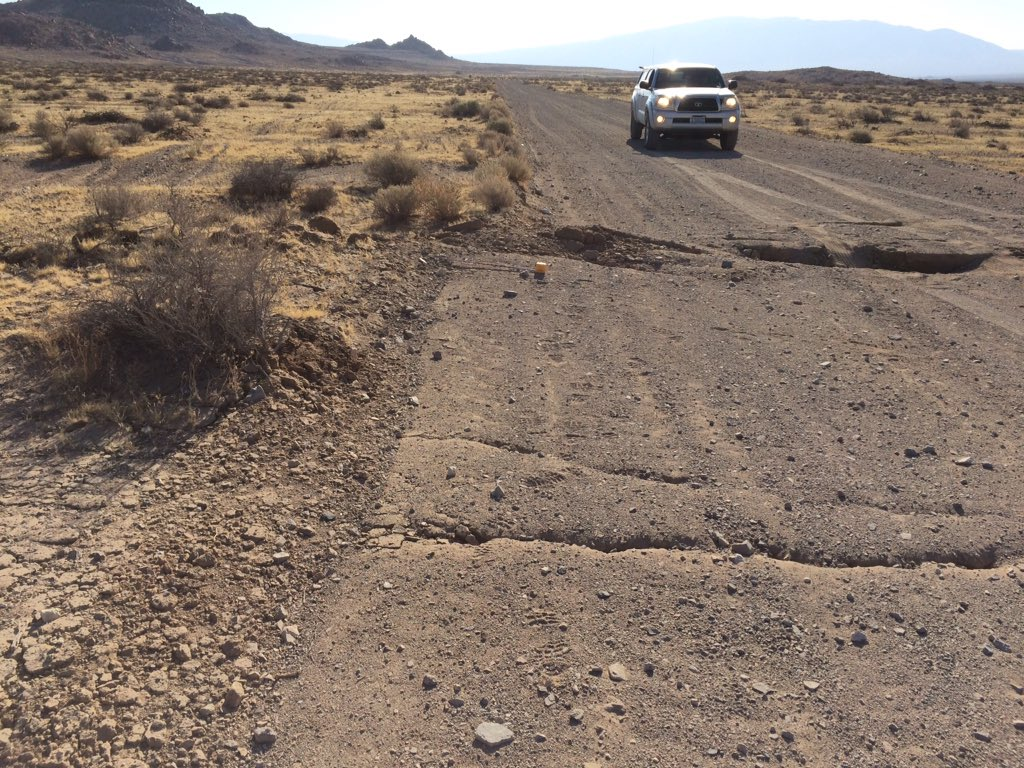

In Utah, most of the faults that generate earthquakes are “normal faults,”
and move mostly up-down rather than horizontally.
Faults like the Wasatch are born from a geologic region of the United States geologists have named the Basin and Range Province. The Basin and Range is a series of mountains and valleys that extend across Utah and Nevada into California. The Basin and Range Province is expanding, and with that expansions, you get faults and earthquakes.
You can see an animation of this expansion process by the Incorporated Research Institutions for Seismology here.
Bottom line: We would expect an earthquake of this magnitude and intensity to happen along the Wasatch Front.
In the next 50 years, there is a probability of a magnitude
6.75 or greater earthquake, and a probability of a magnitude 6.0 or greater
earthquake in the Wasatch Front region. (USGS Fact Sheet)
What are we doing about it?
What are you doing about it?
Seriously, though. The most important emergency preparedness is personal preparedness. Personal preparedness means you are able to help yourself and those around you recover more quickly.
Our Be Ready Utah program has loads of information about how to prepare for earthquakes, or any other emergency, that could happen in Utah.
The
Come to a party!
25 years ago, the Utah Seismic Safety Commission was created to encourage better resilience for buildings in Utah. We are celebrating the creation of the Commission on Thursday, July 11, at 11 a.m. in the Utah State Capitol rotunda. Come learn about emergency preparedness, Utah’s seismology and how buildings can be made safer and more earthquake resistant.
Joe Dougherty is the public information officer for the Utah Division of Emergency Management. jdougherty@utah.gov.

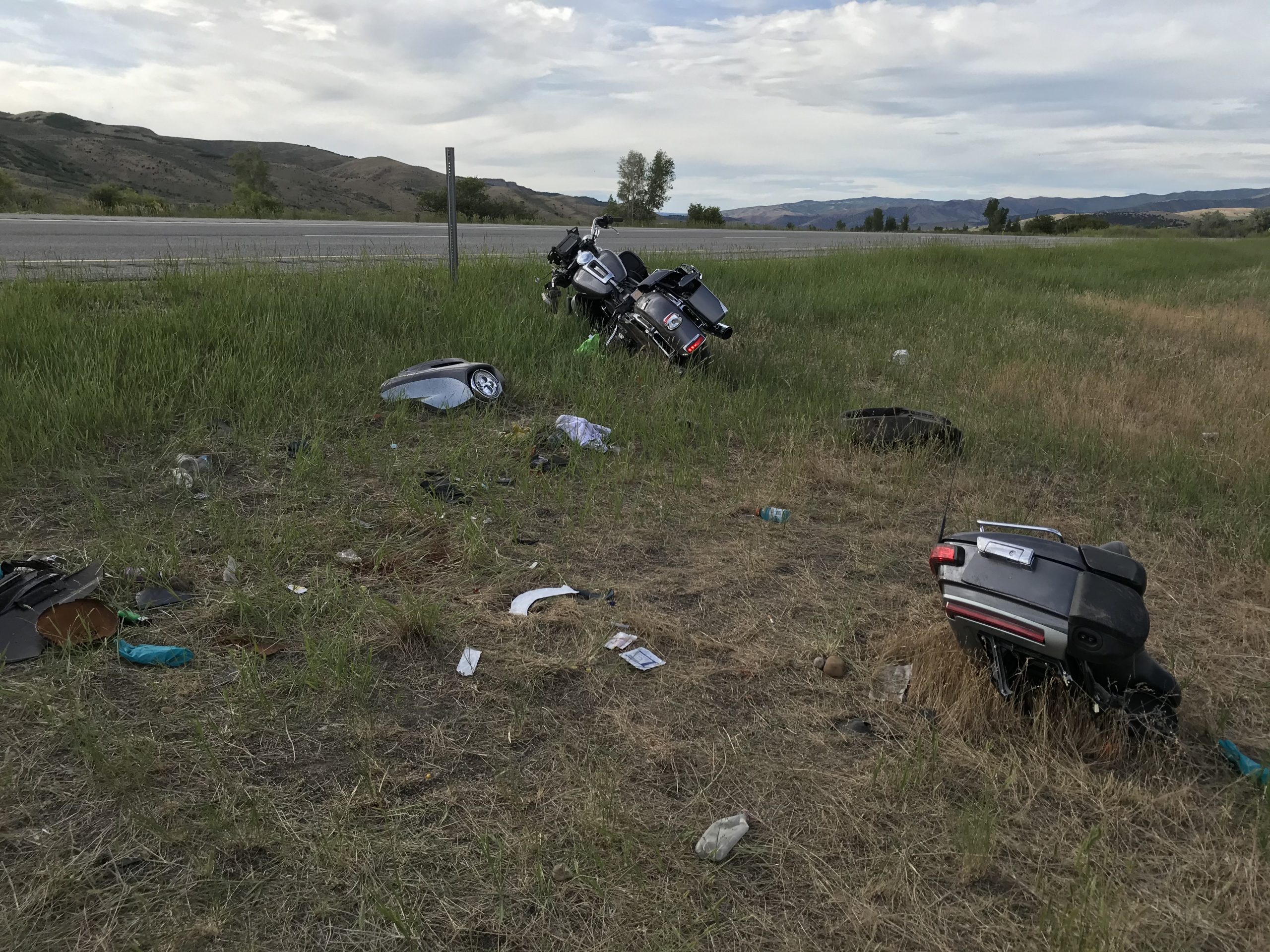
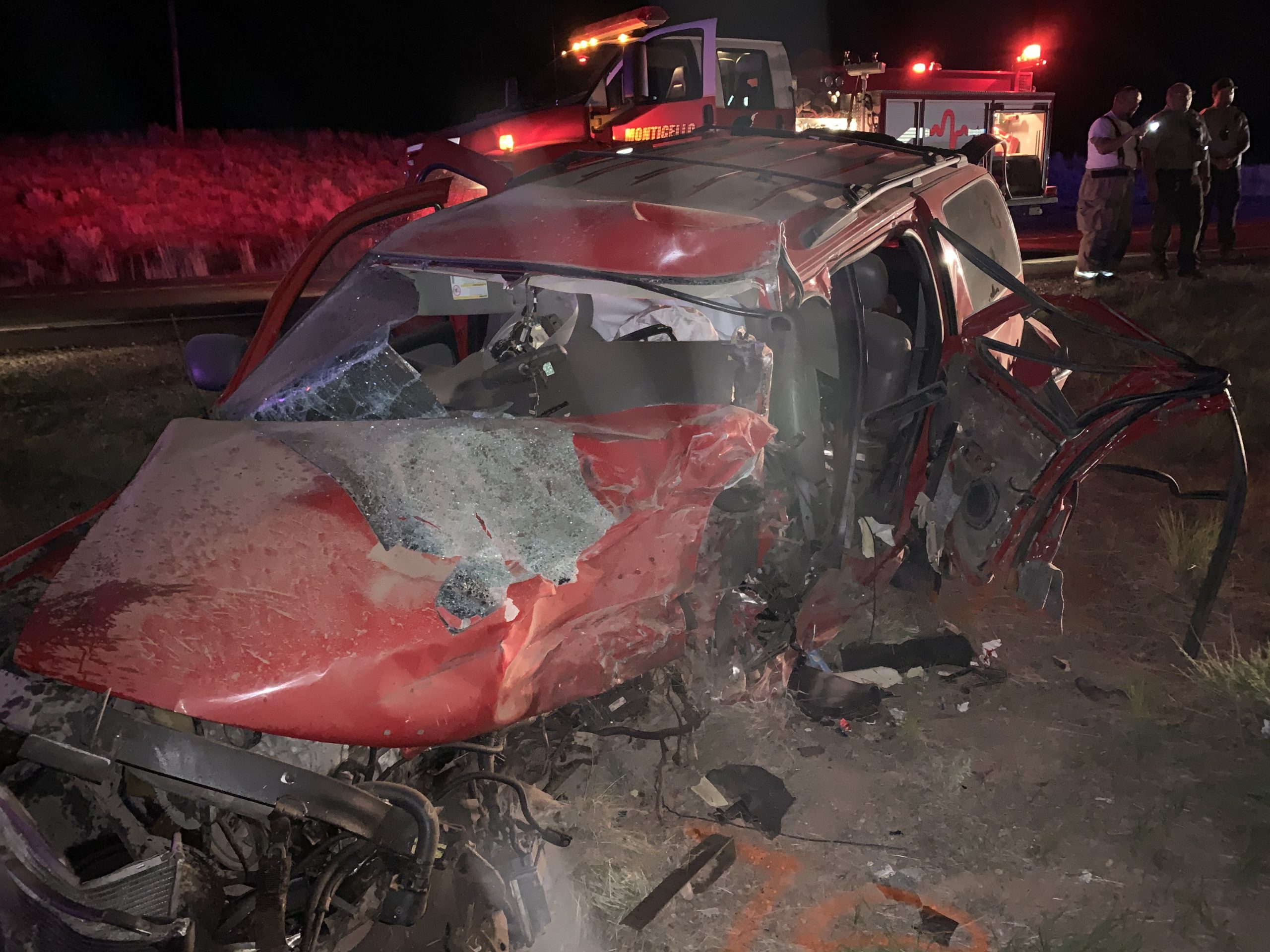


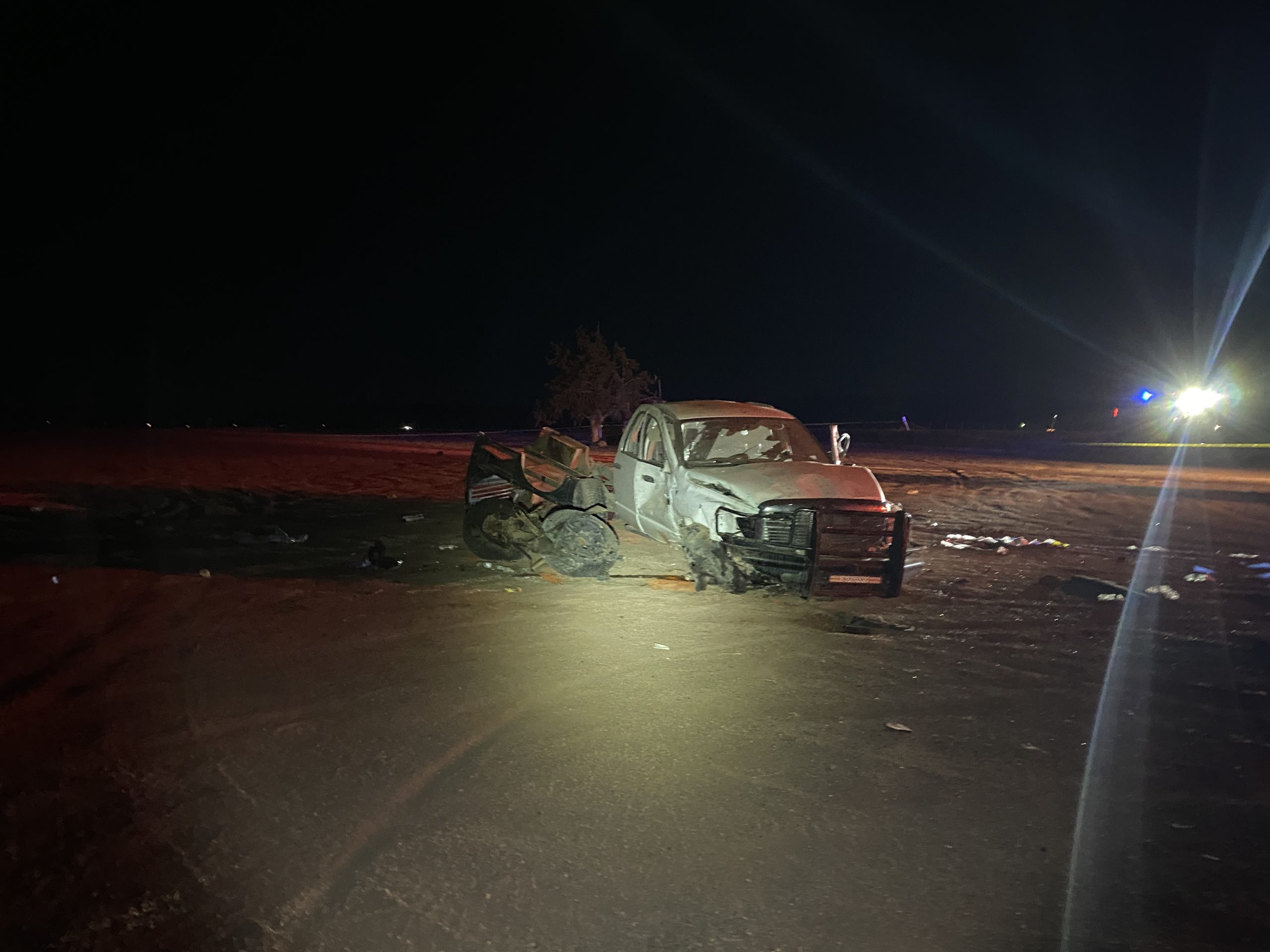
SHARE THIS STORY